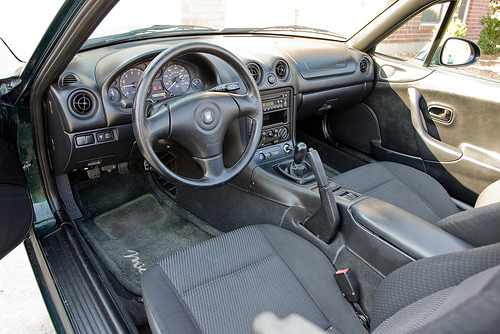On most days when people start their cars, they trust that by pressing the pedal, their car will run smoothly. They don’t have to think about the complicated mechanics of how the engine will power the car to their next destination every time the key is turned.
Many investors have a similar mindset when thinking about their portfolios. They trust that a certain level of performance will be delivered, but they don’t want to spend a lot of time analyzing the detailed steps of how they will get there.
Under the Hood
In order for a car to stay in good working order, regular maintenance is required. For investments, our routine maintenance checks occur regularly as we apply our review process to client portfolios on a quarterly basis. If you popped the hood on our system, you would first notice the engine, our investment discipline. To keep this engine running at a high level, each member of our investment team spends time monitoring economic data and sentiment in order to keep the bearings well-oiled.
We regularly conduct monthly meetings in which we discuss and debate our opinions to develop overarching economic themes and strategies. These strategies are derived from multiple thought-provoking writers, money managers, and trusted economic researchers. We also employ several statistical models of our own which are the basis for our estimate of the markets fair value. After running through likely scenarios and or debunking biased theories, we craft our own strategic calls that we feel hold the most potential for future returns. Several examples of questions we investigate while making these assumptions include:
- What is a healthy balance for splitting assets between US/Foreign holdings?
- Based on market valuations, which position should we be targeting in your allocation ranges?
- What specific sectors are likely to benefit going forward?
- How long of a maturity and what grade of quality should we be targeting with our bond holdings?
- Do large or small companies possess more potential return?
- Is any particular asset class over or undervalued?
Avoid Imitations
When you encounter a maintenance issue with your car, there can often be ancillary problems that crop up if you try and make the fix with an imitation part. To have the most confidence, you would prefer to replace with a part made by the manufacturer of the car for the best performance long-term.
The second leg of our unique research process is very similar as we are searching for specific funds to make a client’s portfolio run more efficiently. We run multiple screens in hopes of discovering quality funds that could potentially earn their way into our preferred fund rotation. These funds go through a rigorous 18-point qualification test which helps us to judge if they deserve the right to be discussed for use in our client portfolios. We do our best to peel the onion on a fund, by evaluating everything from how the manager is compensated, to judging the culture of the mutual fund business. Once a fund makes the initial cut, we try to find reasons why not to include it in our preferred list. Several questions usually develop at this stage that gives us a reason to interview someone at the fund company. Only after this type of meticulous analysis do we upgrade a fund to be used in our client portfolios.
This is the first part of a 3-part series we’re calling “Behind the Scenes.” It is our hope that this series will give our clients a more transparent look at our business so they can better understand the diligence we employ with each client review.
Photo credit to Michael (mx5tx)


